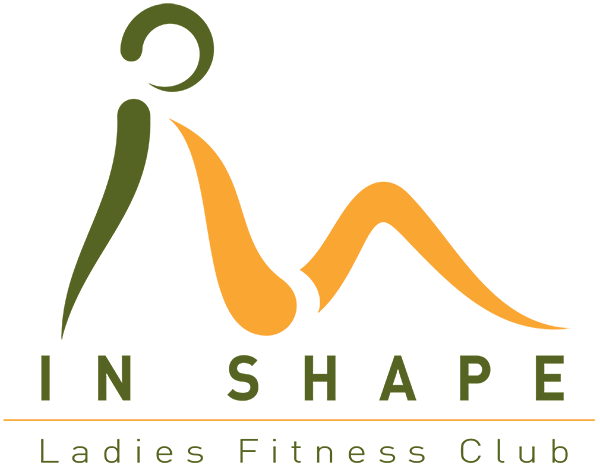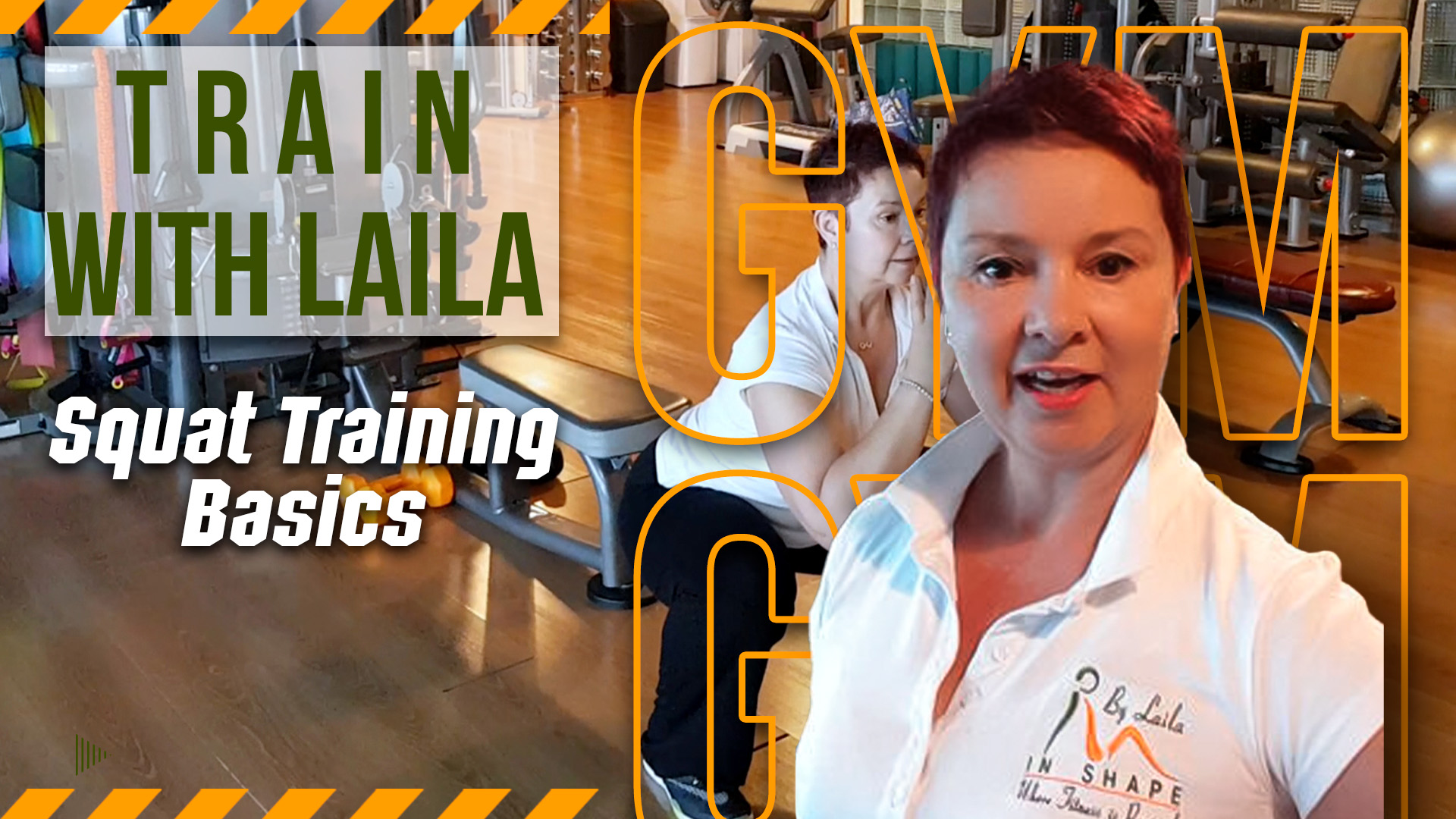Mastering the Perfect Squat: Tips and Techniques
Are you looking to build strength, tone your lower body, or improve your athletic performance? If so, the squat is an excellent exercise to add to your routine. Squats are a compound movement that engages multiple muscle groups, including your quadriceps, hamstrings, glutes, and core. However, proper form is crucial to avoid injury and maximize results. In this article, we'll discuss tips and techniques to help you master the perfect squat.
Understanding the Basics of Squatting
Before we dive into the specific tips and techniques, let's review the basics of squatting.
What is a Squat?
A squat is a functional movement that involves bending your knees and lowering your hips to the ground while keeping your spine neutral. The goal is to lower your body until your thighs are parallel to the ground or below, then push back up to the starting position.
Why Squat?
Squats are an excellent exercise for building strength and improving your overall fitness level. They can help you tone your lower body, increase muscle mass, and burn fat. Squats also have a carryover effect to other activities, such as running, jumping, and lifting.
Common Mistakes to Avoid
It's essential to avoid common squatting mistakes that can lead to injury or reduce the effectiveness of the exercise. Some common mistakes include:
- Rounding your back
- Letting your knees cave in
- Lifting your heels off the ground
- Not going low enough
- Leaning too far forward
Tips for Mastering the Perfect Squat
Now that you understand the basics let's discuss tips and techniques to help you master the perfect squat.
Warm-Up
Before starting your squatting routine, it's essential to warm-up your body to avoid injury. Perform some dynamic stretching exercises such as leg swings, hip circles, and lunges.
Foot Position
Your foot position is essential to achieve proper form during squats. Your feet should be shoulder-width apart or slightly wider, with your toes pointing slightly outward. This position allows you to generate maximum force and maintain proper alignment.
Proper Breathing
Proper breathing during squats is essential to maintain good form and maximize power output. Inhale deeply before starting the descent, then exhale forcefully as you push up to the starting position. This technique helps you maintain a tight core and generate more power.
Maintain Neutral Spine
Your spine position is crucial to avoid injury during squats. Keep your spine in a neutral position throughout the entire movement, avoiding rounding your back or arching it excessively. This technique helps you maintain good posture and protect your lower back.
Knee Position
Your knee position is crucial to maintain proper form and avoid injury. Your knees should track over your toes during the descent, and you should avoid letting them cave inward. This technique helps you maintain proper alignment and reduce the risk of knee injury.
Engage Your Core
Engaging your core during squats helps you maintain proper posture and protect your lower back. Tighten your abs and lower back muscles before starting the descent, and maintain this contraction throughout the entire movement.
Squat Depth
Your squat depth is crucial to maximize the effectiveness of the exercise and avoid injury. Aim to lower your body until your thighs are parallel to the ground or slightly below, then push back up to the starting position. This technique helps you engage more muscle fibers and increase power output.
Tempo
The tempo of your squatting routine is crucial to maximizing the effectiveness of the exercise. Aim to perform the movement at a controlled pace, avoiding rushing or bouncing at the bottom. This technique helps you maintain proper form and engage more muscle fibers.

